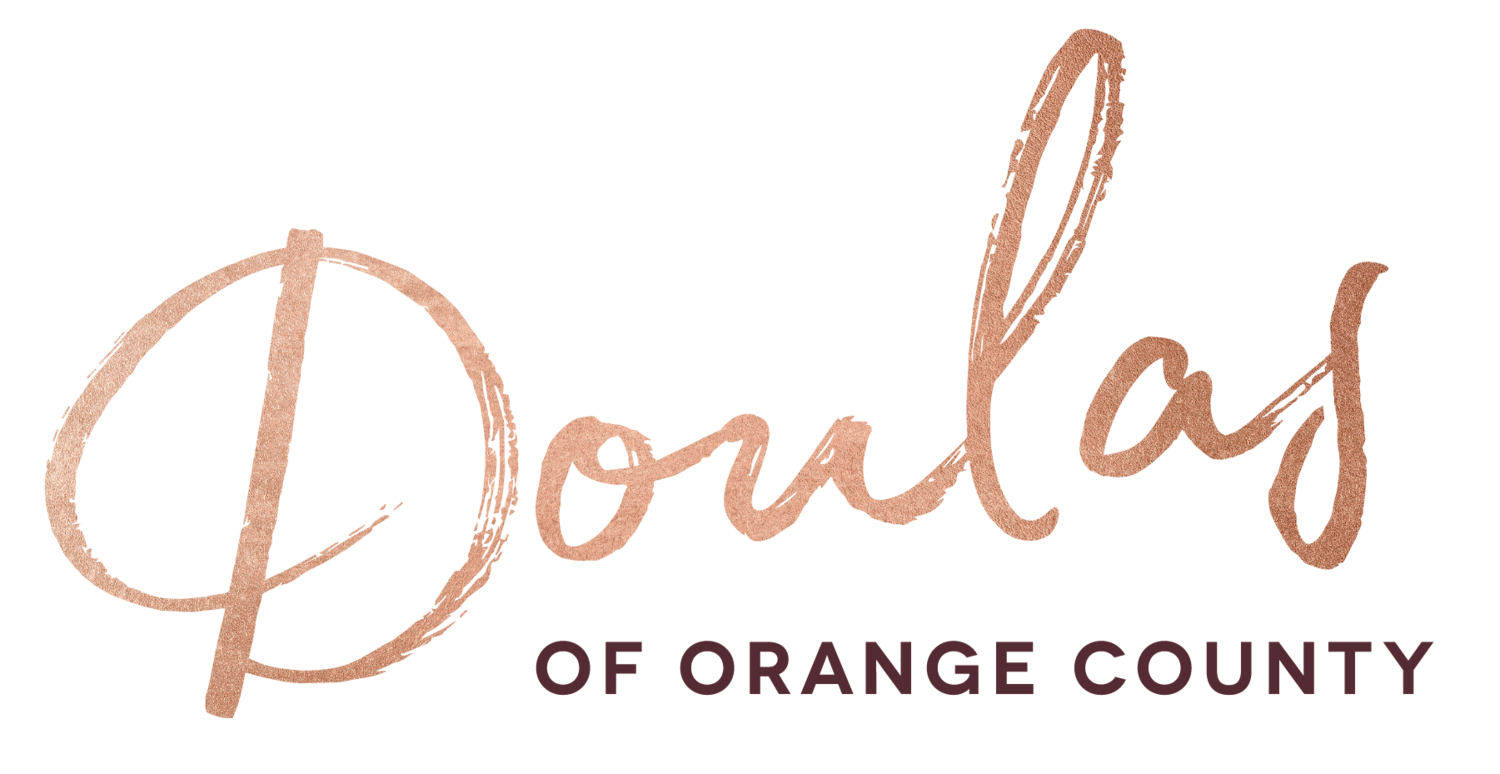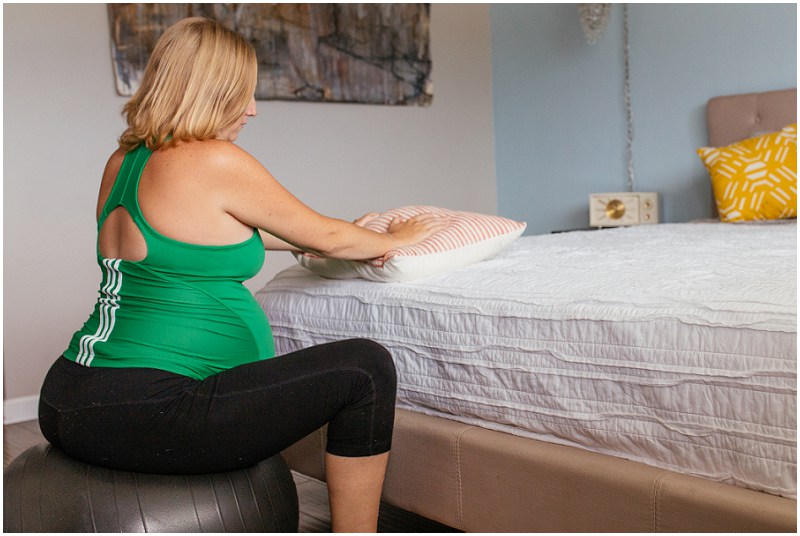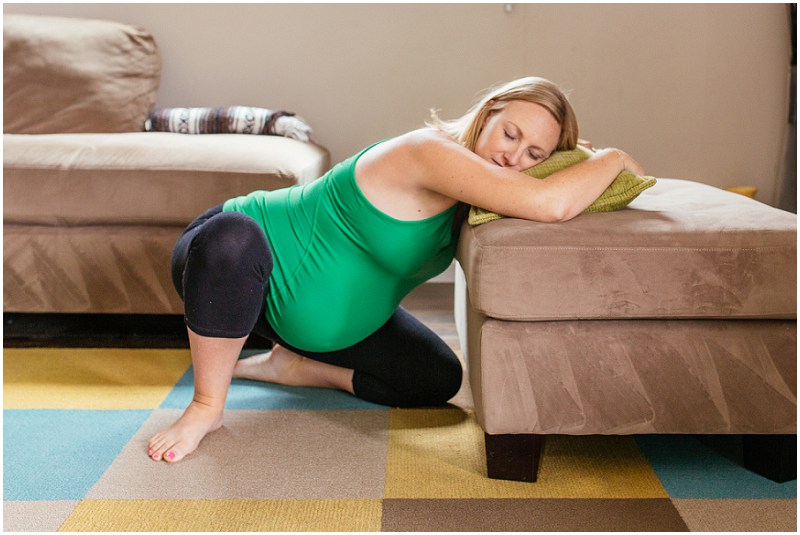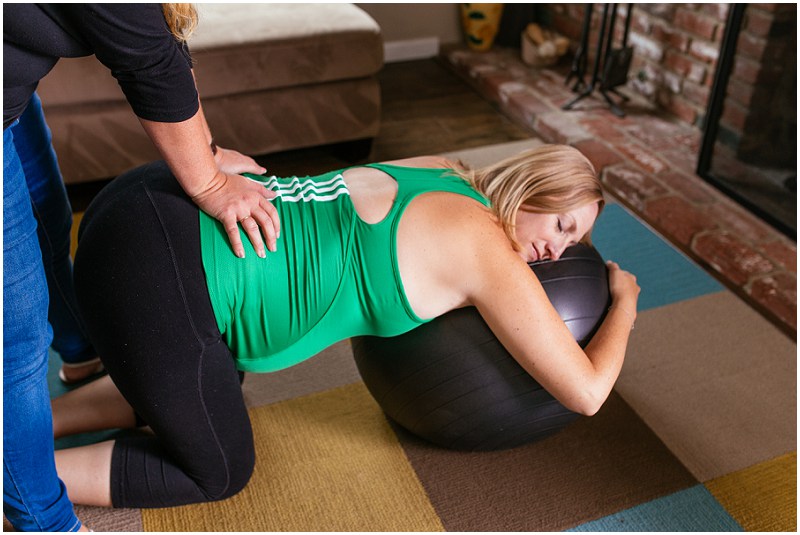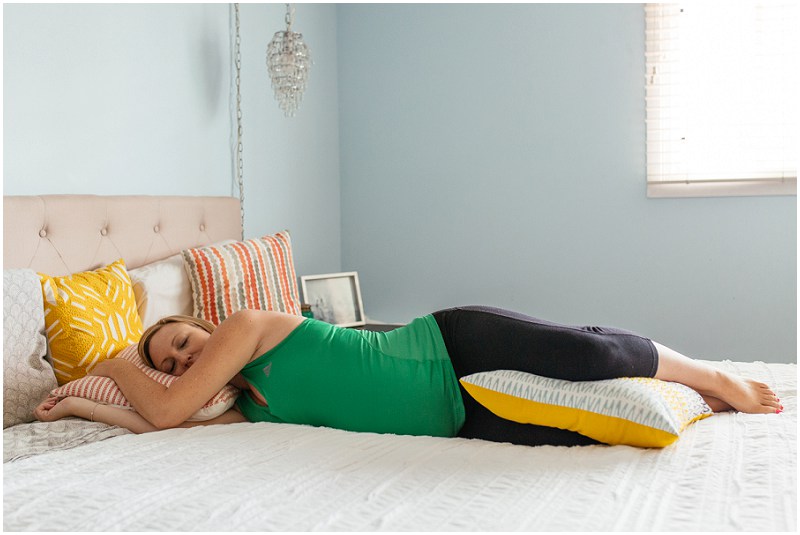Welcome back to the Marathon of Birth, an overview of the stages of labor plus tips & tricks from your favorite Birth Doulas! If you haven't already done so, review Part 1: Early Labor to get a good understanding of how to manage that phase of labor.
Remember that birth has 3 distinct stages: Labor, Pushing, & Birth of the Placenta. The first stage of labor is broken down into 3 parts: Early, Active, and Transition... I know, it's kind of confusing. Today, we'll share all about the Active Phase of labor to better prepare you for your own birth marathon. If you're interested in delving further into the stages of labor, we recommend registering for our in-home Confident Birth classes.
If you recall, we compared Early Labor to the first few miles of the marathon where you're finding your stride and own unique rhythm. When active labor hits, you'll begin to tap into your instincts and all the mental and physical training you've accomplished in pregnancy.
What is Active Labor & How long does it last?
This is when things really start rocking and rolling. As your labor intensifies, contractions will begin to get stronger, longer and closer together. What used to be challenging to time, has now found a more distinct pattern where you may actually be able to predict when your next contraction will happen. It's pretty undeniable when active labor begins as normal activity becomes progressively more difficult.
You may also notice a few other things happening in this phase of labor. Things like some bloody show or bloody mucous, breaking or leaking of your bag of waters, increasing back or hip pain, and heaviness in the legs. Shaking or shivering is also quite normal as the shift in hormones is intense, causing your body to react physically. The raging hormones and the intensity of the contractions may cause you to become more emotional than you expected.
During this stage of labor your cervix is continuing to dilate from about 4cm to 7cm. Your contractions are coming approximately 3-5 minutes apart and lasting 60-90 seconds long. For some this is when they opt to head to the hospital for pain relief in the form of an epidural or IV pain medication. Others may choose to ride this phase out at home with their doula to avoid pain relief or other potential interventions.
On average a first time mom can expect this phase of labor to last about 6-10 hours. For those having their second, third or fourth babies, this phase of labor can be quite fast.
What Should I do in Active Labor?
Early labor might have allowed you to walk around the neighborhood or have a conversation over the phone... that all changes in active labor. This is the time where many women slow down and begin finding more supportive or stable positions to manage the intensity of the contractions. Breathing becomes more focused and you may require the physical and emotional support of your birth team.
Active labor is a great time to call your doula to come join you. She'll be able to provide hands-on physical comfort such as massage, hip squeezes, counter pressure and more. Her reassurance, words of encouragement and overall calm nature will provide you and your partner with incredible peace of mind.
Alternate rest and activity. Using positions such as hands and knees, sitting on the birth ball, assisted lunges or using the Miles Circuit can all help ease labor discomfort as well as encourage your labor to move along at a normal pace. It's important though to listen to your body and rest when needed. Side-lying positions with pillows or a peanut ball can give you the support you need to relax.
Hydrotherapy is one of our personal favs for active labor. The use of a shower or bath offers safe and effective pain management and can provide the laboring woman a sense of control and calm. As we are naturally conditioned to relax in the shower or bath, hydrotherapy has the ability to lower blood pressure and can facilitate cervical dilation. Baths are not recommended if your bag of waters has broken, so be sure to check with your care provider if this is the case.
Breathing and relaxation techniques are crucial for this stage of labor. Review your breathing practices from childbirth class: Slow Deep Breathing, Cleansing Breaths, Lion Breath and more. Dim the lights, put on soft music, and diffuse some aromatherapy if you like.
Empty your bladder. Whether you're hydrating orally or with IV fluids, staying hydrated is important. Emptying your bladder does several different things for you in labor. First, it creates more room in your lower abdominal cavity, providing extra space for your baby to move down. Second, it forces you to change position - you'll go from one position, to standing, to walking, to squatting on the toilet and back again. Third, it forces you to relax.
Head to your hospital or birthing center. Check with your care provider on their recommendation of when to go to the hospital and follow your instincts. Plan more time than you think to gather your things, get in the car and make the drive. If your doula hasn't yet joined you, this would be a great time to update her!
Whether your birth plan includes an epidural, IV pain meds, or natural pain management techniques, we can help you navigate this incredible, life-changing day. With the support of your birth team and the knowledge from your birthing class, your baby's birth can be empowering, beautiful, and joyful. Active labor is just one step along the marathon of birth and while it can be an incredible challenge, we have no doubt that you can conquer it!
Stay tuned for the next part of our series: Transition.
